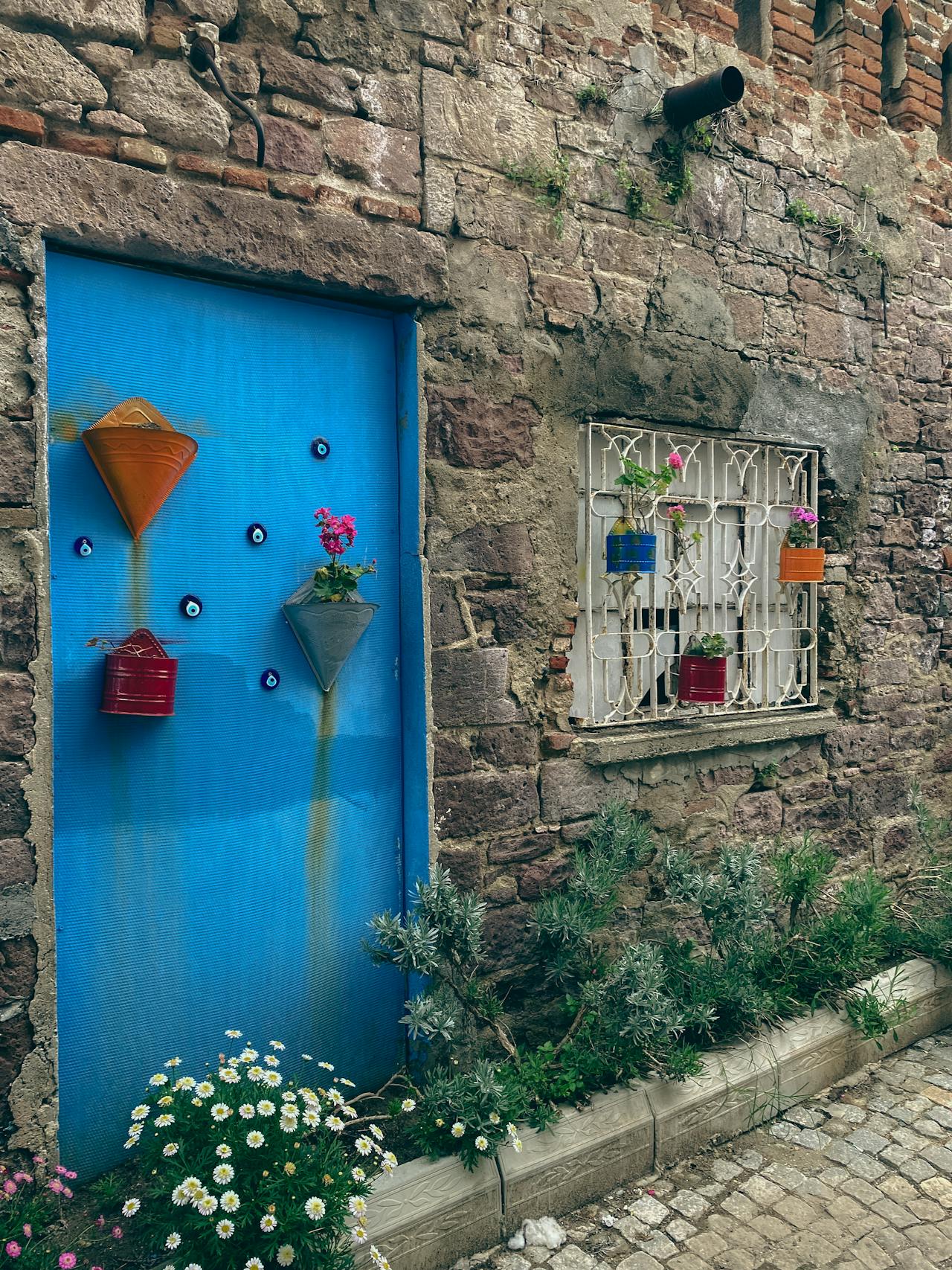
It is a transformative element in architectural design, enhancing both the exterior and interior of buildings. It involves covering a wall with another material to provide an additional layer of protection and beautiful appearance.
This practice has gained popularity due to its numerous benefits, including improved insulation, protection against weather elements, and enhanced visual interest. In this article, we will explore the various benefits of cladding, discuss different wall cladding materials, and highlight why wall cladding is an excellent choice for homes.
They add an extra layer of protection to buildings, shielding them from harsh weather conditions, such as rain, wind, and UV rays. This additional protection extends the lifespan of the building materials underneath, ensuring that structures remain durable and require less maintenance over time.
They play a crucial role in improving a building's insulation. By adding an additional layer to the exterior walls, it helps maintain indoor temperatures, reducing the need for excessive heating or cooling. This improved insulation translates to increased energy efficiency, leading to lower energy bills and a reduced carbon footprint.
Many cladding materials are designed to be low maintenance, requiring minimal upkeep to keep them looking their best. For instance, stone cladding is resistant to stains and does not require frequent cleaning. This low maintenance aspect makes walls an attractive option for homeowners who want to enhance their property's appearance without committing to extensive maintenance routines.
Many cladding materials are environmentally friendly, made from sustainable resources or recycled materials. For instance, wood cladding sourced from sustainably managed forests or reclaimed wood offers an eco-friendly option. Additionally, some modern cladding materials are designed to be energy-efficient, further reducing a building's environmental impact.
Wooden wall cladding provides a warm and natural look, making it a popular choice for residential buildings. It offers excellent insulation properties and can be treated to resist pests and decay. Wood cladding is convertible and can be painted or stained to match any color scheme.
Brick wall cladding offers a classic and timeless appearance. Brick cladding is also fire-resistant, making it a safe option for homes. The variety of brick colors and textures available allows for creative design options.
Concrete wall cladding is known for its strength and durability. It can be molded into various shapes and textures, offering a wide range of design possibilities. Concrete cladding is low maintenance and can withstand harsh weather conditions, making it ideal for both residential and commercial buildings.
Wall cladding for homes significantly enhances the beautiful appearance of residential buildings. Whether opting for modern wall designs or traditional styles, cladding materials can be chosen to complement the home's architecture and personal preferences.
They provide a protective barrier against environmental elements, such as rain, wind, and UV radiation. This protection is particularly beneficial for homes located in regions with extreme weather conditions. Cladding helps prevent water infiltration, reducing the risk of structural damage and mold growth.
Homeowners can benefit from the improved insulation properties of walls. By adding an extra layer to the exterior walls, cladding helps regulate indoor temperatures, making homes more energy-efficient. This insulation reduces the need for excessive heating and cooling, leading to cost savings on energy bills.
Wall cladding materials for homes are designed to be low maintenance. For instance, textured walls require minimal cleaning and upkeep, ensuring that the home's exterior remains attractive with little effort.
Stone wall cladding is a popular choice for its timeless beauty and durability. It adds a touch of luxury and smoothness to any building. Stone cladding is available in various types, each offering unique colors and textures.
It is available in a range of colors, from light to dark shades, making it variable for different design preferences. Granite is resistant to stains and scratches, making it an excellent choice for both interior and exterior applications.
Limestone cladding offers a softer and more uniform appearance compared to other stones. It is available in various shades of white, beige, and gray. Limestone is durable and requires minimal maintenance, making it suitable for both residential and commercial buildings.
Slate cladding is characterized by its natural texture and rich color variations. It is available in shades of black, gray, green, and purple. Slate is highly durable and resistant to weather conditions, making it an ideal choice for exterior cladding.
Wall cladding offers numerous benefits, from enhancing the beautiful appearance of buildings to providing protection against environmental elements. It improves insulation, increases property value, and requires minimal maintenance.
With a variety of cladding materials available, homeowners can choose the best option to suit their design preferences and functional needs. Whether opting for wooden, brick, concrete, or stone cladding, the possibilities are endless for creating a beautiful and durable exterior for homes.
1. What is wall cladding?
It is the process of covering a wall with another material to provide an additional layer of protection and beautiful appearance. It enhances the durability and visual interest of buildings.
2. What are the benefits of stone wall cladding?
They offer durability, low maintenance, and a timeless beauty. It adds a touch of luxury and smoothness to buildings, making it a popular choice for both residential and commercial properties.
3. How does wall cladding improve insulation?
They add an extra layer to the exterior walls, helping to regulate indoor temperatures. This improved insulation reduces the need for excessive heating and cooling, leading to increased energy efficiency and cost savings.
4. Is wall cladding suitable for all types of buildings?
Yes, it is variable and can be used for various types of buildings, including residential, commercial, and industrial structures. Different cladding materials can be chosen to suit specific design preferences and functional requirements.
5. What are the maintenance requirements for walls?
The maintenance requirements for walls depend on the material used. Many cladding materials, such as stone and concrete, are low maintenance and require minimal cleaning. Regular inspections and occasional cleaning are usually sufficient to keep the cladding in good condition.












